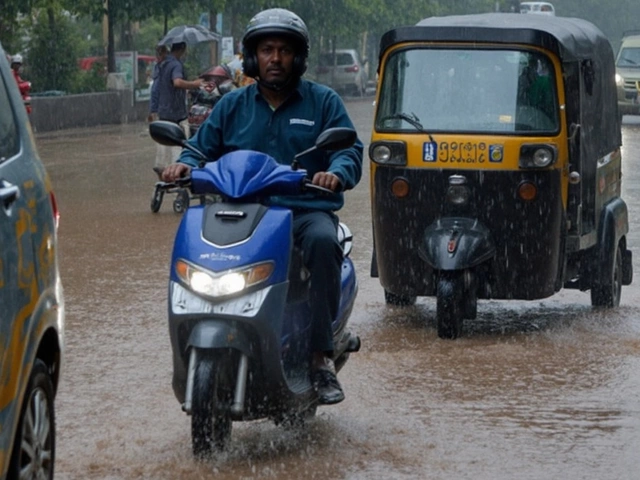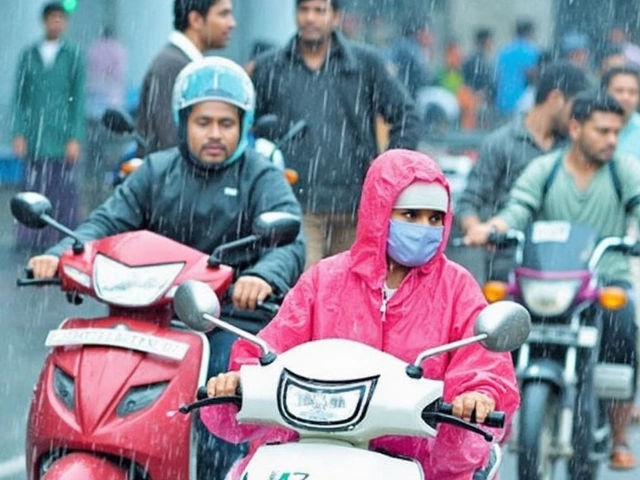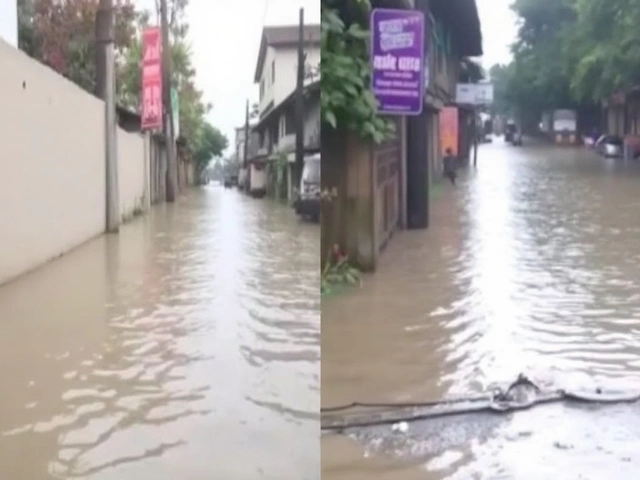Waterlogging Crisis Hits Guwahati: Monsoon Rains Expose Drainage and Urban Planning Failures
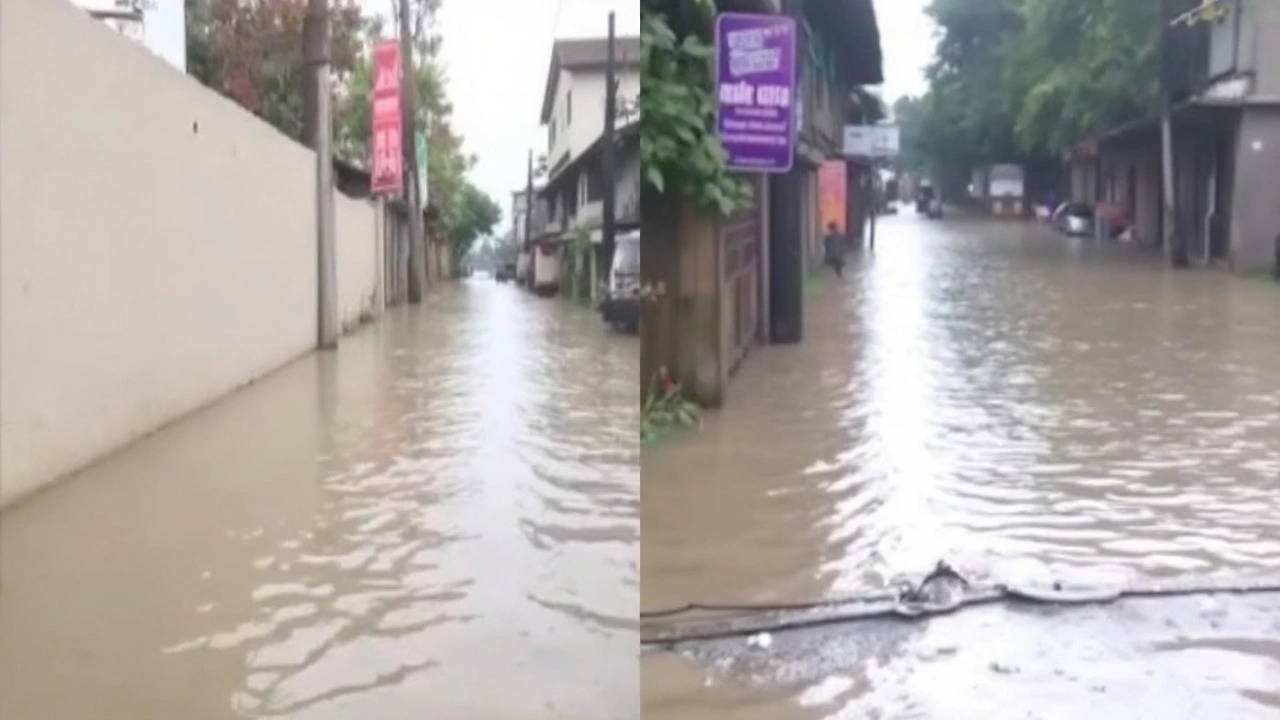
Heavy Rains Turn Guwahati Streets Into Rivers
The monsoon hit Guwahati hard on May 20, 2025, flooding entire neighborhoods in a matter of hours. Roads that usually bustle with honking traffic were swallowed up by muddy water, trapping cars and stranding commuters. Buses stopped running, kids stayed home from shut schools, and homes in Zoo Road, Chandmari, Hatigaon, Anil Nagar, and Nabin Nagar took the brunt of the deluge.
People walked through knee-deep water, umbrellas barely helping as rainwater mixed with overflowing drains. Some streets looked more like streams than roads. A worried Chandmari resident said, ‘Previously, rainwater flowed out fast, but now, even after a slight drizzle, we’re left waiting for hours as nothing drains.’
Traffic jams mounted as drivers tried to avoid submerged crossroads. The water didn’t just slow traffic—it brought down power lines, leaving areas without electricity for hours, while businesses simply shut for the day. Markets that should have buzzed with shoppers instead echoed with the sound of water pouring over stalls.
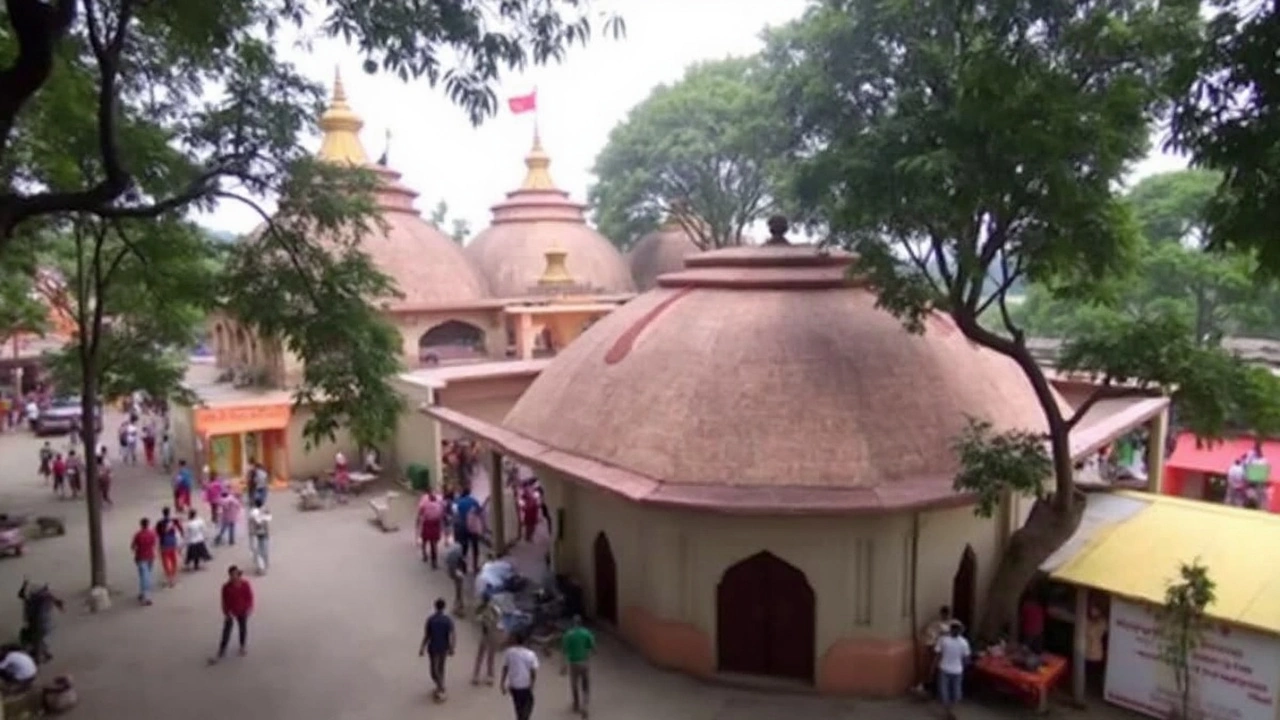
The Roots of Guwahati's Water Woes
Why is Guwahati waterlogging getting worse each year? Experts lay the blame on a mix of clogged drainage channels, disappearing wetlands, and rampant illegal construction. Once, the city had natural water sinks: sprawling wetlands that could soak up excess monsoon water. But as land prices shot up, these green spaces gave way to new buildings and housing plots. What’s left barely manages to handle the rain, let alone a heavy downpour.
The drainage system, already old and patchy, hasn’t kept up with the city’s growth. Piles of discarded plastic and silt get trapped in the narrow drains, blocking water from escaping. It’s a recipe for disaster—water spills into homes, and roads turn into lagoons, even if the rainfall isn’t that heavy. Residents describe how flooding is no longer a rare crisis just after torrential rains; even quick showers now disrupt life.
Officials step in only after water starts pooling on roads, but deeper changes rarely happen. Promises of new drainage projects get stuck in red tape, while people in the worst-hit zones scoop out water with buckets, just hoping they don’t lose power again. The frustration is clear: most believe things won’t improve unless there’s a citywide push to restore wetlands, fix broken drains, and stop new construction from blocking what’s left of natural waterways.
With every monsoon, the problem gets clearer. Schools stay shut, workers can’t reach offices, and businesses lose money as customers avoid flooded neighborhoods. The city’s struggle isn’t just about weather—it’s about years of ignoring the basics: working drains, protected wetlands, and smarter planning.
